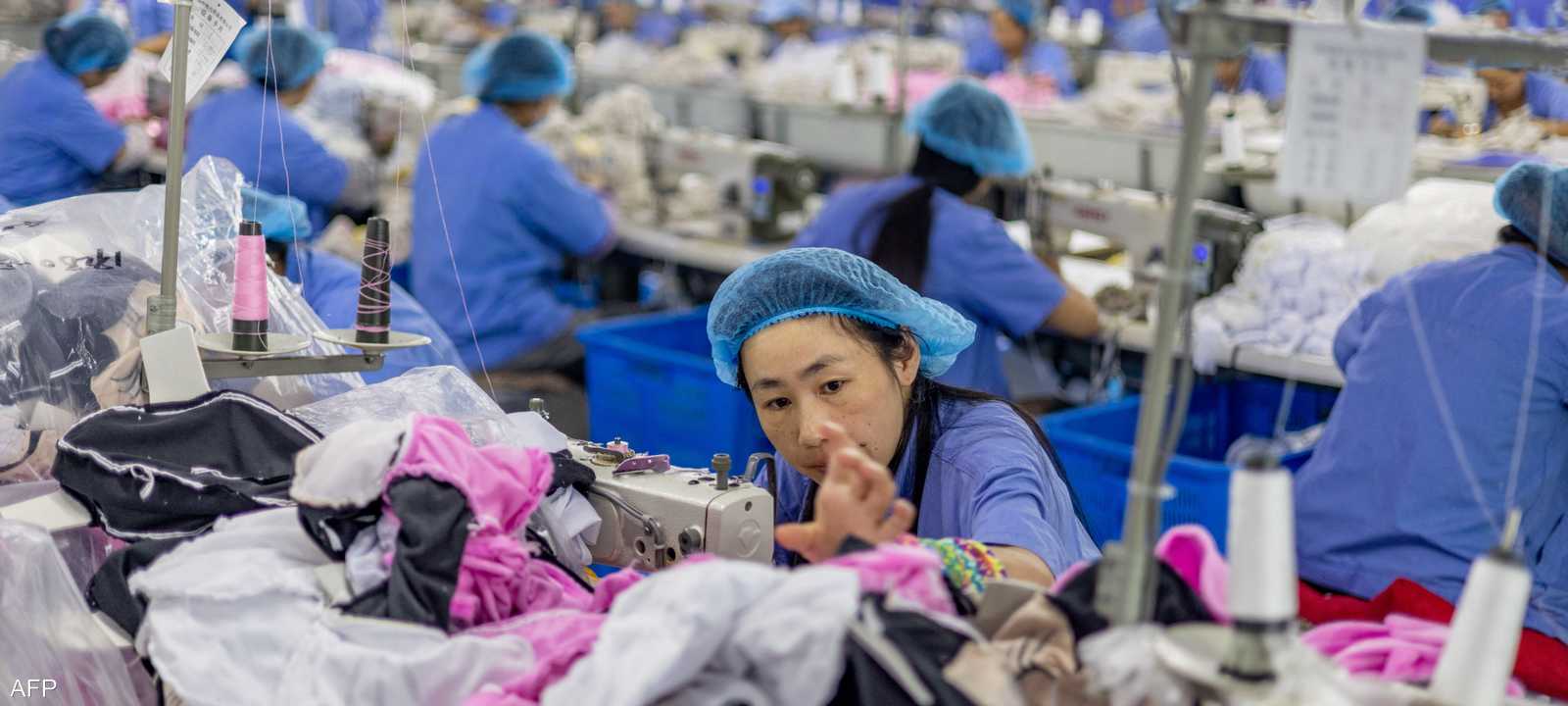
Chinese factory
China’s youth unemployment rate hit a record high on Thursday, as a slew of disappointing economic indicators confirmed the country’s faltering recovery, while some economists called for a recovery plan.
The long-awaited recovery appears to have started to wane in recent weeks in the world’s second-largest economy after authorities lifted health restrictions imposed to limit the spread of the Covid-19 pandemic in late 2022, with the impact not seen in some department.
New official figures released by the Office for National Statistics on Thursday confirmed that path.
Last month, one in five Chinese youth was unemployed, and the unemployment rate reached 20.8%, a new high for the Asian country.
The rate, which concerns youth aged 16 to 24, has continued to rise in recent months, reaching 20.4% in April.
However, the unemployment rate for the entire labor force was unchanged over the month at 5.2%.
China’s unemployment rate only covers urban areas, so it only reflects part of the picture.
Retail sales, a leading indicator of household consumption, suffered a setback in May.
The market is closely watching this indicator. Last month, growth was 12.7% year-on-year, but the growth rate was slower than April’s 18.4%.
Analysts surveyed by Bloomberg Financial News said they expect a more modest slowdown (13.7%), even as customers have returned to malls and restaurants since health restrictions were lifted in December.
lower interest rates
Weak domestic demand also limited the recovery, although inflation was virtually non-existent.
Industrial production slowed in May (+3.5% y/y). It rose 5.6% in the last month, when factories gradually returned to full capacity. Analysts had expected such a decline.
Fixed asset investment also slowed, rising 4% year-on-year in the first five months of the year (from 4.7% previously).
It is a measure of spending in sectors such as real estate, infrastructure, equipment and machinery that the government uses to stimulate economic activity.
Authorities are looking for growth of “around 5%” this year, which would be the weakest growth in the Asian powerhouse in decades. To support economic growth, the People’s Bank of China cut its benchmark medium-term lending rate on Thursday.
“Increasing anxiety”
The decision allows lower funding costs for commercial banks to encourage them to extend more loans on more favorable terms, thereby supporting the economy.
The central bank’s one-year lending rate to financial institutions fell to 2.65% (previously 2.75%).
Julian Evans-Pritchard, an analyst at Capital Economics, said the rate cut “will not have much impact” but “reflects policymakers’ growing concern about the health of the economic recovery”.
But it allowed 237 billion yuan (30.6 billion euros) to be injected into the economy, according to the central bank, which surprised analysts on Tuesday by cutting its key short-term interest rate.
China’s recovery remains “fragile” and depends on “support” from public authorities, according to a World Bank estimate on Wednesday, while economists called for a recovery plan to spur growth.
“For the economic recovery to be sustainable, it needs a strong push from the government,” said Zhuyue Zhang, an economist at Precision Asset Management Group.
But authorities appear to have ruled out that option for now.
The economy remains heavily indebted to the real estate sector, a traditional growth engine, depressed consumer confidence and a global slowdown hurting demand for Chinese goods.
